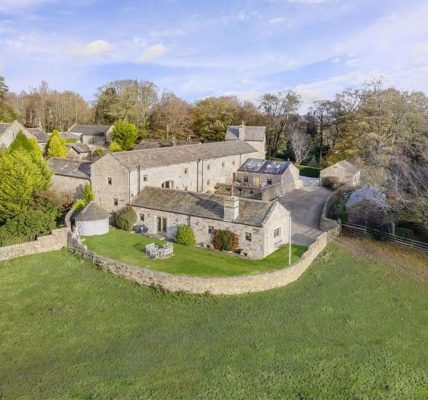How to choose the right daffodils for your garden as spring approaches
Whether planting in pots or in larger borders, there’s a daffodil for every situation. Hannah Stephenson leafs through some of the best.
So, it’s almost spring, and with it comes the cheery sight of daffodils, from zingy canary yellow types to subtle creams and whites, as well as combinations incorporating deep orange and salmon pink.
Some have multiple flowers, others will pop back up after heavy rain, while many are scented and will provide a rich perfume on the patio.
There are thousands of types of daffodil (narcissi) and often the choice can seem a bit bewildering in the autumn when you are choosing which bulbs to plant.
So look out for some flowering beauties that’ll be coming into bloom in the coming weeks and, if you do plant in the autumn, will bring you endless joy in any situation, whether on a balcony or in a huge border.
Here are a few suggestions and where to put them…
A lovely unusual-looking narcissus is ‘Bridal Crown’, a multi-headed with double ivory-white soft blooms with orange and gold centres. It is also highly fragrant and looks great on its own or paired with deep red wallflowers.
Among the most popular is ‘Tête-à-tête’, which can be grown indoors and out, grows to no more than 20cm, and carries one, two or three small bright yellow flowers per stem in spring. It makes a good plant partner with Anemone blanda.
Just remember, though, if you go for a type of daffodil with a heavy double bloom, they are more likely to flop and break in heavy rain or persistent bad weather.
If you want a sturdy variety that’s going to make a statement, look no further than ‘King Midas’, a yellow stalwart that will withstand quite a lot of rainfall and perk up again, is pretty disease-resistant and will do well in sun or shade.
‘Wisley’ is another reliable yellow performer, but for a more subtle hue, consider ‘Bravoure’ which has white petals and an eye-catching pale yellow trumpet. These paler types won’t make such an in-your-face display, but they do tend to merge into any garden scheme and won’t clash with other plants (although avoid placing them next to something bright pink).
If you want your narcissi to naturalise well, the native varieties such as N. obvallaris, the ‘Tenby daffodil’, is a reliable solid yellow variety, as is ‘Saint Keverne’.
Alternatively you could try the deeper-hued dwarf variety ‘Jetfire’ with its deep orange trumpet and yellow outside petals, which is early-flowering and makes a good companion for blue crocus. If you plant them in clumps and don’t deadhead them, they should spread year on year.
If you want scent on your balcony or patio, the smaller multi-headed narcissi are a good bet, including ‘Pipit’, which produces two to three acid yellow fragrant flowers per stem and many stems per bulb. It grows to between 20-30cm, with the flowers fading to a rich cream and it’s also one of the longest-flowering daffodils – it can bloom for up to five weeks from mid-spring onwards.
Pair ‘Minnow’, another dwarf favourite with lemon-yellow, fragrant flowers, with blue forget-me-nots for a pleasing combination.
It may be a miniature, but the ‘Canaliculatus’ packs a punch flower-wise, bearing up to seven fragrant white flowers with yellow centres per stem in mid-spring and is ideal for pots and rockeries. It only reaches a height of around 15cm, so make sure it’s not swamped by much larger plants.
A larger fragrant type which emits a sweet vanilla scent is ‘Carlton’, a pure yellow type with large flowers that measure around 12cm (5in) across, and is perfect if you are doing large scale planting for a showstopping effect.
Many of us can’t bear to cut the blooms we have grown so lovingly, but if you have space in a corner or on an allotment, you could grow some for that specific reason. A designated bed also gives you some space to replant narcissi that have finished flowering to grow again in years to come.
Reliable varieties for cutting include the white-petalled ‘Sir Winston Churchill’, with its fragrant, semi-double flowers, and the exotic-looking ‘Orangery’, with its striking apricot trumpet.










